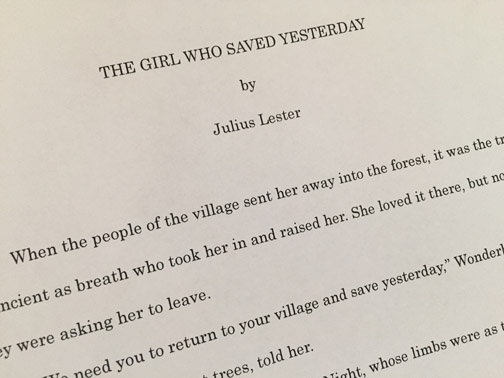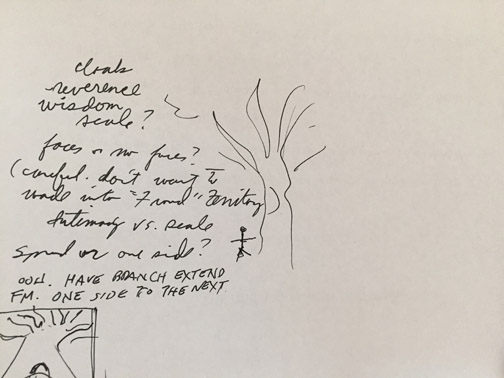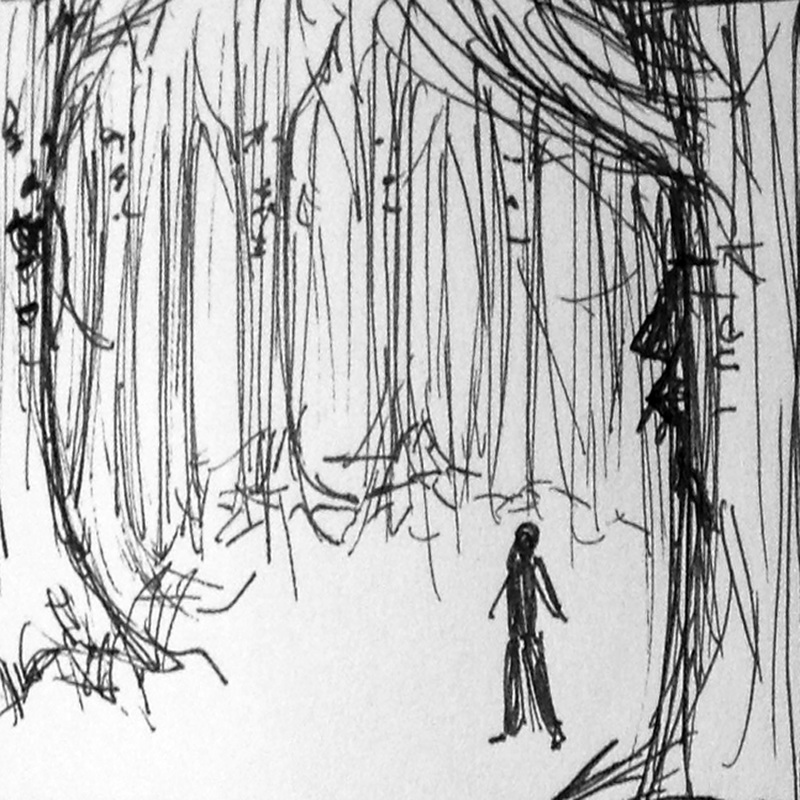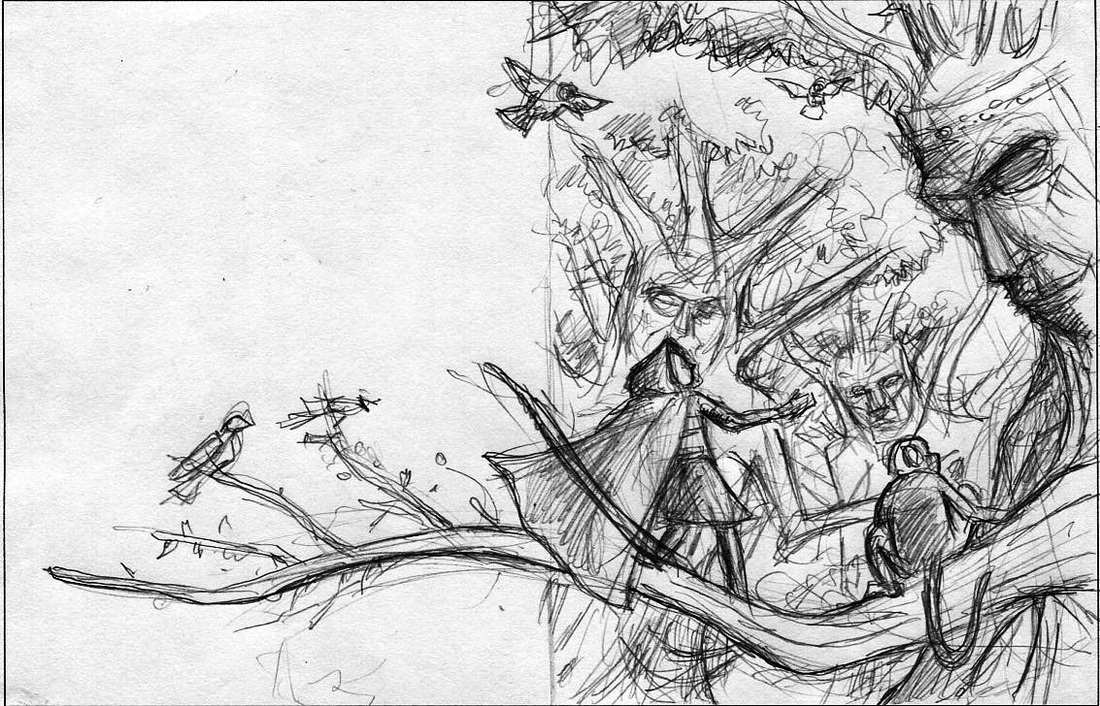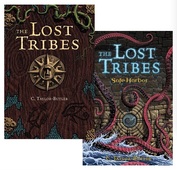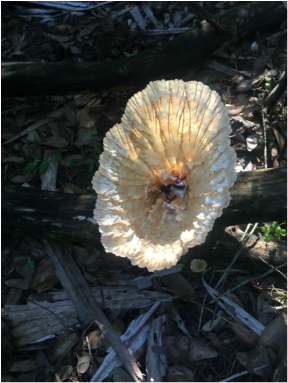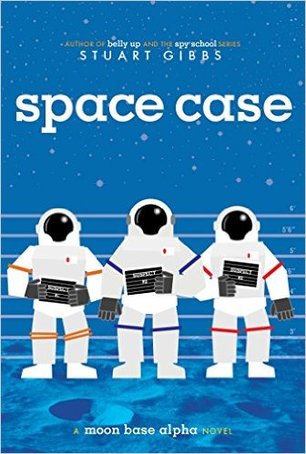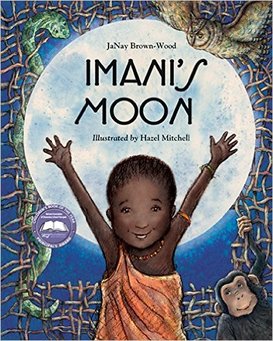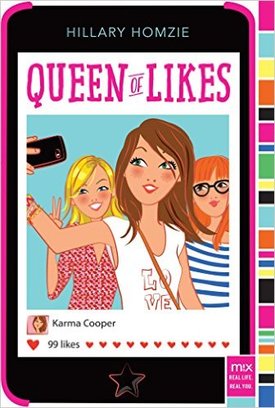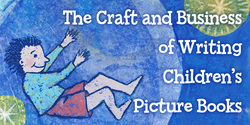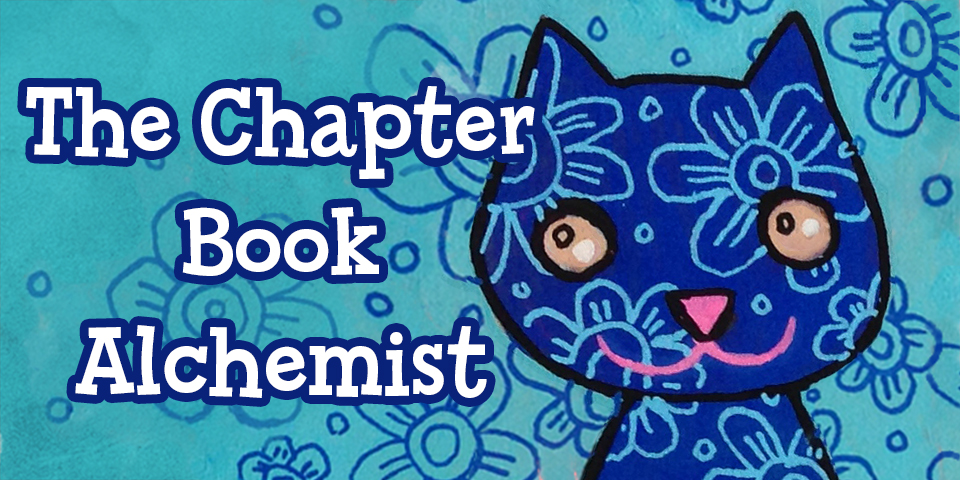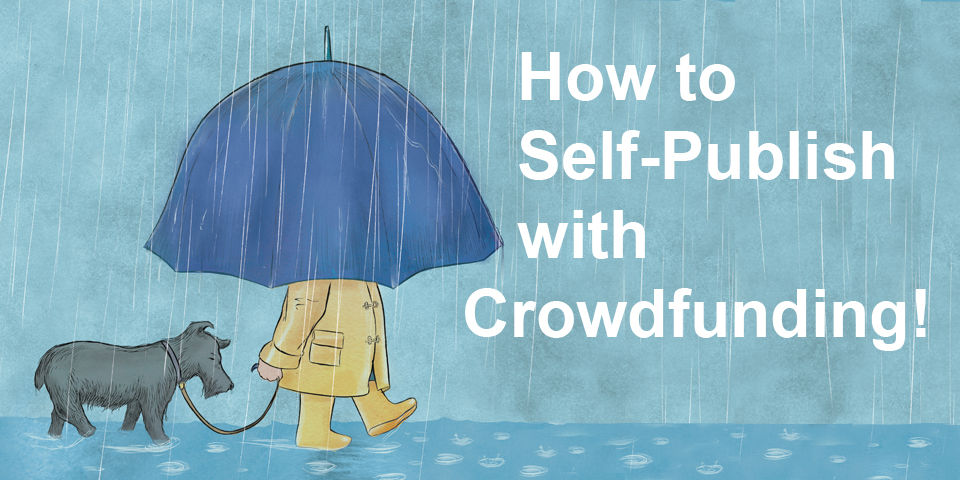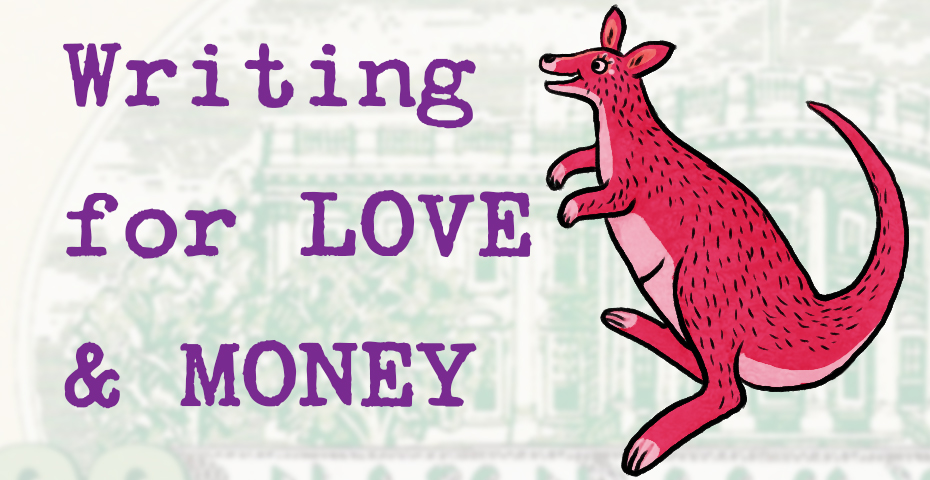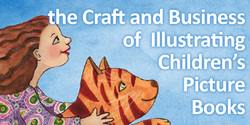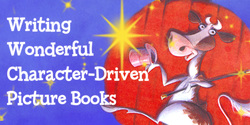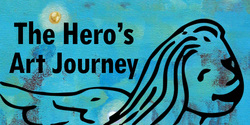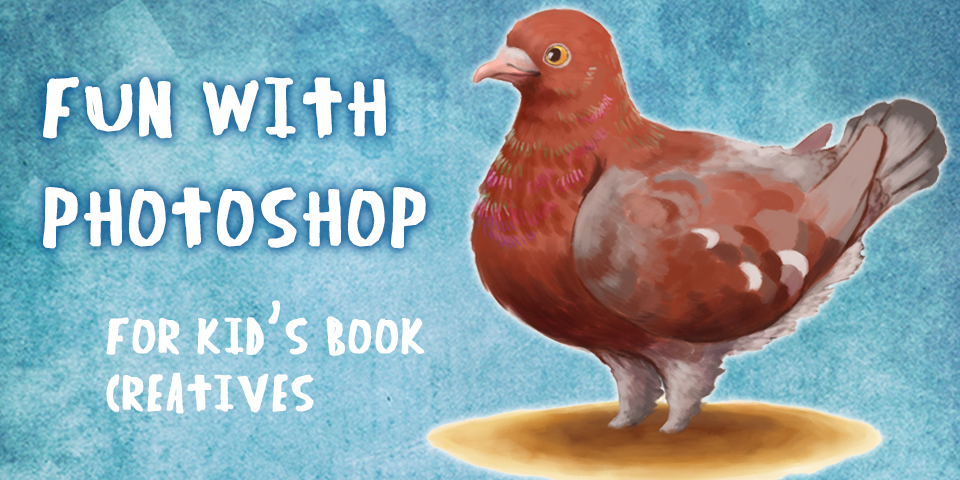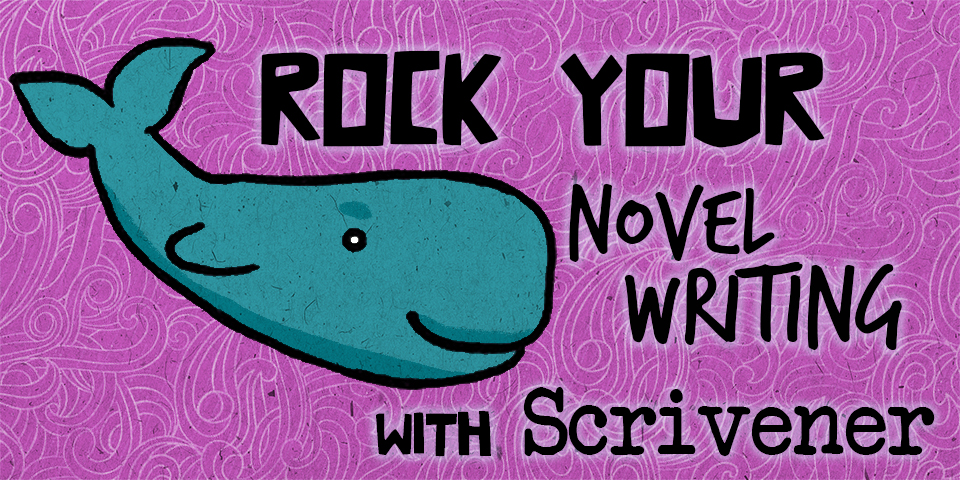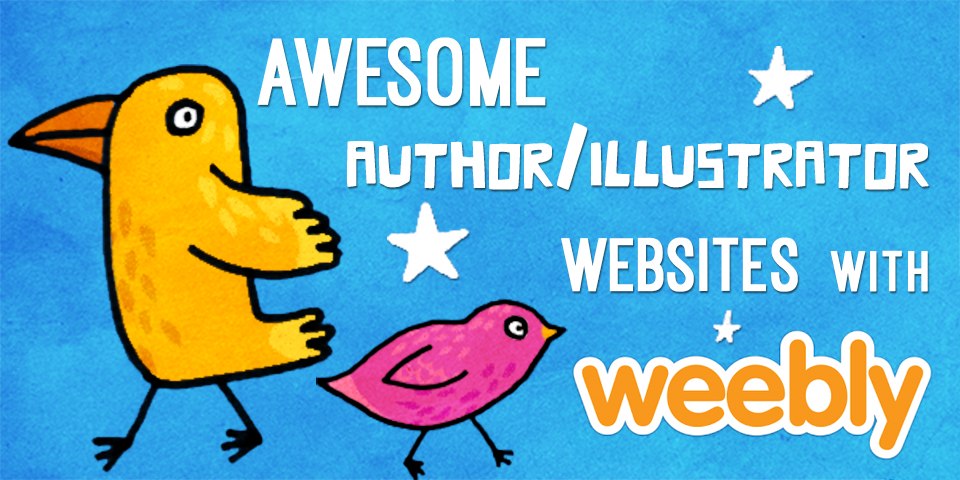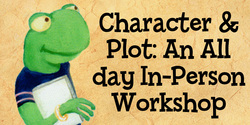|
Aloha! This is Carl Angel, reporting for Blogonaut duty. When I was approached by Mira about writing for the Blogonauts, I thought it would be best to take the journey into orbit through my process as a visual storyteller with a more recent experience so it would be fresh and relevant. So, I’m kicking off this first and the next few successive posts on the various stages of creating the images for my latest book, The Girl Who Saved Yesterday, written by Julius Lester, published this past May. How convenient is that? ;-) The journey, of course, begins with the manuscript. When I had first received the manuscript from Creston Books a couple of years ago, I was extremely excited. It was a fable that took place in a non-specific African village, with forests of talking trees and a character in the form of a young girl named Silence. Lester remains one of our great storytellers, and we haven’t had a picture book written by Mr. Lester in a long while, so I felt privileged to have been chosen to illustrate the tale in which he would return to this world. However, after reading it, I instead became extremely intimidated. As an illustrator, I admire tremendously the emotional power a writer is able to invoke with words. I guess this is the “greener grass principle” at work, but illustrators have shape, form, and color to create a picture to illicit emotion from an audience. The writer only has words to show the audience, and those words have to resonate within the reader. Sometimes those words alone are so good that what they evoke requires no visual accompaniment at all, which brings me back to Mr. Lester, who is able to play with words in a way that only one who is able to interpret a deeply lived life in mythic terms can. His words resonate on many levels, balancing the literal with the metaphorical; and there are a lot of words - so much so that every couple of lines could have its own spread. Besides the multiple levels of meaning, the sheer amount of text presented a logistical challenge for the illustrations, but I couldn’t imagine cutting it further. Currently, there is a trend to have picture books with text numbering around 500 words, and while that presents a creative challenge and many of them are fantastic, I believe there is still a need for old-school “once upon a time” narrative that requires savoring the words, their lyricism and their different levels of meaning, and yes, I will use the analogy of listening to jazz vs. popular music. I hasten to add that I don’t think one is better than the other. Both are enjoyable, but one challenges you to engage while the other allows you to be passive, and Julius’ words had the effect of the former on me as an illustrator. So, when one is faced with sentences like "Trees do not speak with words, of course, but like winds whispering to clouds," and "He sang her the lullaby trees soothe their children with during storms when winds and rains lash them like undeserved anger," it speaks to a different set of visual instincts. Again, there is the literal and there is the metaphorical, and I’m faced with the choice of which one to illustrate, or better yet, how do I balance them in the same way Julius is able to? I believe my role is to complement the words, rather than supplementing them, especially if they’re poetic in nature. The ambition is to create something that transcends the sum of its parts, where after reading it, one can’t exist without the other. Where there were different levels of meaning and rhythms to Mr. Lester’s words, I had to do the same with color, composition and choice of imagery. So, how does one start on the journey of creating 16 paintings based on such complexly beautiful language? Well, first you crawl under a rock for couple of days... And then you begin. I believe the first important objective is to capture the first fire of inspiration from the manuscript. Art is a form of therapy for me, so I use word association, oddly enough, alongside quick thumbnail images after reading a manuscript. The reason I do this is because as a visualist, sometimes the need to compose and present an idea properly can obstruct the idea itself, and the word serves as a temporary placeholder where even the most basic, quick thumbnail idea sketch isn’t coming fast enough, so I use both words and pictures, whichever spews forth from my head first. This: becomes this: then it becomes this: And then this... And so on.. And why not? Even as ideas, there is a connection between words and pictures. They go together. Words give birth to pictures and pictures sometimes require words to explain them so the task of picture book storytellers is to unite the two and create a total greater than the sum of its parts - something that lives on its own as a fully-formed story. I realize I might be taking up valuable blog real estate with these not-so-specific pictures, but they are part of my, and many other illustrators' process, albeit less interesting graphically. These pictures serve this blog narrative, and the next post will be more specific about the creation of the imagery. Besides, you don’t want to be reading this all day. In addition to being an illustrator and a graphic designer while learning new trade skills, I’m also a stay-at-home dad with all that entails (and I do cook and clean!), so brevity is a good friend of mine these days. If you actually have time to read this (and I'm grateful that you have) AND other blogs, you may consider shifting more of that time to creating! Speaking of brevity, we’ve landed back on Earth! Time’s up. See you next time with part 2!
5 Comments
I recently attended two conferences in which aspiring authors were invited to pitch to professional faculty. I've seen the results before - the dreams that were dashed too early in a writer's career. So at the Missouri Writer’s Guild conference we invited only faculty that were serious about acquiring, but who were also kind. That meant if the work was not ready, the editors and agents were easy to let the person down. We held two tracks - an adult literature track and a children’s literature track. The children’s literature track ran over by 90 minutes because the faculty were teaching, mentoring and explaining to the authors how to better polish or approach their work. (I told you I know nice people.) But the truth of the matter as I sat listening through weekend sessions is that people pitch with high hopes of being discovered, but with low chances of being acquired because they’re not ready. A pitch is not the same as a polished manuscript. Here's what I’ve learned from these thirteen years of writing - with much of my own drafts tucked away unsubmitted because they had not yet found their true "voice". 1. An “idea” is not a finished product. There are a lot of people with great titles, great beginnings, or great ideas. But that’s not the same as a commercially viable project. If you are planning to submit, rather than self-publish, then look at what’s on the market and get a feel for where you fit - both in terms of product, and in terms of execution. Publishers exist to make a profit. They acquire what is marketable and well written. Don’t pitch before you learn the business and refine what you have. Don’t submit until you’ve read 100 books in your genre to learn the formatting, pacing, plotting and the art of dialogue and character development (even in something as short as a picture book). It is very exciting to have pitch opportunities. Even more exciting to get a submissions request. But use them for practice if allowed. 99% of the people who pitch aren’t ready. Be in the 1% who are. Trust me, that will catch the editor or agent off guard in a good way. 2. Understand what you wrote: A picture book concept is completely different from a chapter book or novel concept. The word counts, word choices and target audience are different. I hear a lot of people tell me they imagine a “parent” will read this to a child, while writing a picture that is 5,000+ words. No. That’s not going to happen. And a publisher isn’t going to buy that. Also, know the genre. Did you write a fantasy? Narrative nonfiction? Is your work better suited for the school and library market? Mass market? Trade market? Make sure you do the research first. At the state conference a gentleman was dejected to know he’s pitched a picture book as a “Young Adult” project. He was an adult literature writer and didn’t know the terminology. So he thought “Young Adult” meant pre-K to elementary because in his area of the country children are often affectionately referred to as young adults. So he left, energized, to know he received some information from nice people who didn’t hold the error against him. And it saved him from sending out work to publishers under the wrong assumption. 3. Finish first: An editor or agent might LOVE the concept for your book, but in the end, the only thing that matters is the execution of that idea. Great works of art were produced over time. If you can honestly say you have not put months of full-time work into your submission and it has gone through multiple drafts, don’t pitch yet. It’s probably not fully baked and needs a few more weeks/months in the oven. Like a soufflé, the piece will “fail” if served too soon.
4. Target your submission. Everyone loves pitching but never think - is this the right publisher or editor for my work? A children’s publisher once told me he got “adult content” submitted to his house. People open up the Writer’s Market and submit to every publisher in the book. It was simultaneously a sad and hilarious story. I once submitted a funny picture book to an editor that only edited nonfiction. I asked the head of the publishing house how I would know. She said it was part of the process. To publicize the information about what editors look for and who edits what would cause their slush piles to grow exponentially. But to submit to editors who aren’t the right fit could cost you months and months of delay trying to find the right one. If you don’t know who to target: check out a lot of books from the library (that helps books stay in circulation). Follow editors and agents on Twitter, look at acknowledgements in books you love, attend conferences where specific editors are speaking. DO NOT talk about your book. Talk about the business. Ask insightful questions having nothing to do with your book (because most can smell a thinly veiled pitch from miles away). Be seen as a professional so publishers know you’re serious and in it for the long haul. Your first book might not sell, but sometimes publishers will show interest in the author behind the work and ask to see something else. At Missouri Writers Guild I watched someone pitch a not-quite-ready project but the panel so loved the energy and the spirit of the author they all asked to see more of her work, even though they passed on the current project. 6. Have the proper attitude. At the conference we had an individual tell us he didn't have time for the full conference. He just wanted the pitch opportunity. I watched carefully as he strode in with his manuscript. And saw the look on his face - angry - when he left. What I figured out is that he thought he'd written the next blockbuster. He didn't think he needed to attend the workshops taught by those same faculty where he could learn the common mistakes and polish his manuscript and submit AFTER the event. Experience is often the best teacher - but it won't always deliver the answer you anticipate. On the other hand, a young man flew in from another state who was almost ready to give up. My husband gave him a lift back to the airport. We got a nice note afterward saying he learned so much from the workshops over the course of the weekend, as well as how rejection is part of the process, and went home with renewed energy. That's the attitude editors and agents look for. Be humble, and learn what you don't know before you pitch and you'll make an editor's day. 5. Do not ask an experienced author for mentoring, clues, short cuts or personal recommendations to their editors/agents. It is perfectly fine to talk about the industry. Explain what roadblocks you’re facing. But inevitably asking authors to mentor you (rather than wait to be asked) is tantamount to asking your Doctor to mentor you because you want to skip the time and expense of medical school and just get to the “good part.” Most of us have been helped by those farther up the chain and we’re happy to pass it forward. But with the birth of word processing and the increased access to self-publishing the number of people trying to break into the market has exploded, as have the emails from strangers asking for help. Published authors are not a substitute for primary research. Your best mentors are on the shelves of a library or bookstore. Know the industry before you dive in. It will save your life once you’re in the deep side of the pool. Better - it will help you get there faster. Ask questions only when you’ve gotten stuck after hundreds of hours of research, conference attendance, and even more hours of writing and reading. Writing is joyful. But not for the faint of heart. Before you attend Pitchpalooza’s and writing conferences with opportunities to pitch, or even online opportunities through Twitter and other forums - be smart and be ready. Polish before you pitch. Then go forward and godspeed!
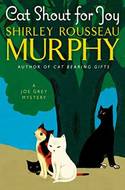 The treat of reading outside your genre. I’m currently reading Cat Shout For Joy by Shirley Rousseau Murphy, which called to me from a bookshelf at my library. It’s a murder mystery with cats as the heroes, not my usual fare. When we read outside our genre, we find ourselves truly enjoying a book, not dissecting it, as we so often do when reading within our genre.  The treat of unplanned and unexpected pleasures. Lazing about on the lanai, two pileated woodpeckers arrived in the tree above me, as if to say, “It’s a beautiful world...and check out my 29 inch wingspan.” Stories may come from these moments or they may not. No matter. The most important story is in the moment. Whatever you call it, taking a break, lazing about, or treating ourselves, these moments gives our brain time for new thoughts to spring forth or for ideas that have long been buried by our busyness to rise up again. These thoughts and ideas might bring us joy or inspiration or even lead us down a new path. And after a goodly time of lollygagging, it’s time for the best treat of all. Time to write that story that thousands of children and parents will enjoy. Time to create something beautiful. Please share your favorite ways to lollygag and dilly-dally. Who knows what wonders will come forth if we make this a way of life...for at least part of our life?  Marsha Diane Arnold is the award-winning author of twelve books that have sold over a million copies. Her most recent, A Welcome Song for Baby, portrays a young girl sharing the sounds of the seasons with the baby in her mother's womb. It's available in the UK and at http://amzn.to/1VVbVOt Marsha's popular Character-Driven online Course is at http://www.childrensbookacademy.com/writing-character-driven-stories. Please don't bother her this weekend. She'll be busy lazing about. by Bryan Patrick Avery As a magician, I’ve always believed the best magic tricks are the ones where the spectator experiences the magic first hand. A great example of this is the sponge balls trick. I hold a red sponge ball in my fist and give one to the spectator to hold in theirs. With a snap of my fingers, the ball flies (invisibly) from my fist into the spectator’s. I open my hand, and the ball is gone. The spectator opens their hand and they have two balls. The amazement and wonder they get when they see that the ball has traveled to their hand is the same feeling I strive to give readers when I write. Like magic, books have the power to expose us to things we might not otherwise experience. In short, books are magic, too.
We all hear that kids “read up”, meaning that younger readers like to read about older kids. That, I think, is part of the magic of reading. My daughter just finished fifth grade and is headed on to middle school next. She’s spent the year reading about middle school kids like Karma Cooper and loves learning about what middle school will be like.
Whether it’s preparing for the transition to middle school, learning to understand a culture different from our own, or imagining life somewhere far away from home, books can give us experiences we might only dream about. I don’t know about you, but I think that’s magic. |
Meet the Friday Blogonauts
First Fridays will feature Bryan Patrick Avery, published writer , man of mystery, and professional magician among other things.
Second Fridays will feature awesome multi-award winning author Marsha Diane Arnold who will be writing about character-driven and/or nature-based books and/or anything she likes :) Third Fridays will feature independent Aladdin/Simon & Shuster editor Emma Sector who has helped bring many books into the world. Fourth Fridays will feature the great Christine Taylor-Butler who has published over 70 award-winning fiction and non-fiction and nonfiction books including the acclaimed new middle grade series - The Lost Tribes. Fifth Fridays will feature the fabulous Carl Angel award-winning multi-published Illustrator and graphic designer. Join our Tribe
and receive 7 Steps to Creative Happiness, access to free webinars, and lots more!
Your email addresses are always safe and respected with us. Follow our Blog!
Archives
January 2019
Categories
All
|
|
Discover
|
About Us
|
Join Us
Join our Community and receive a fabulous free gift, KidLit tips, newsletters, scholarship info, contests, and more!
Join our KidLit Mentorship |
Social Media
Interact with our FaceBook Group or follow us on:
|
© 2010-2024 All content on this website is copyrighted. Sorry, all courses are non-refundable.
